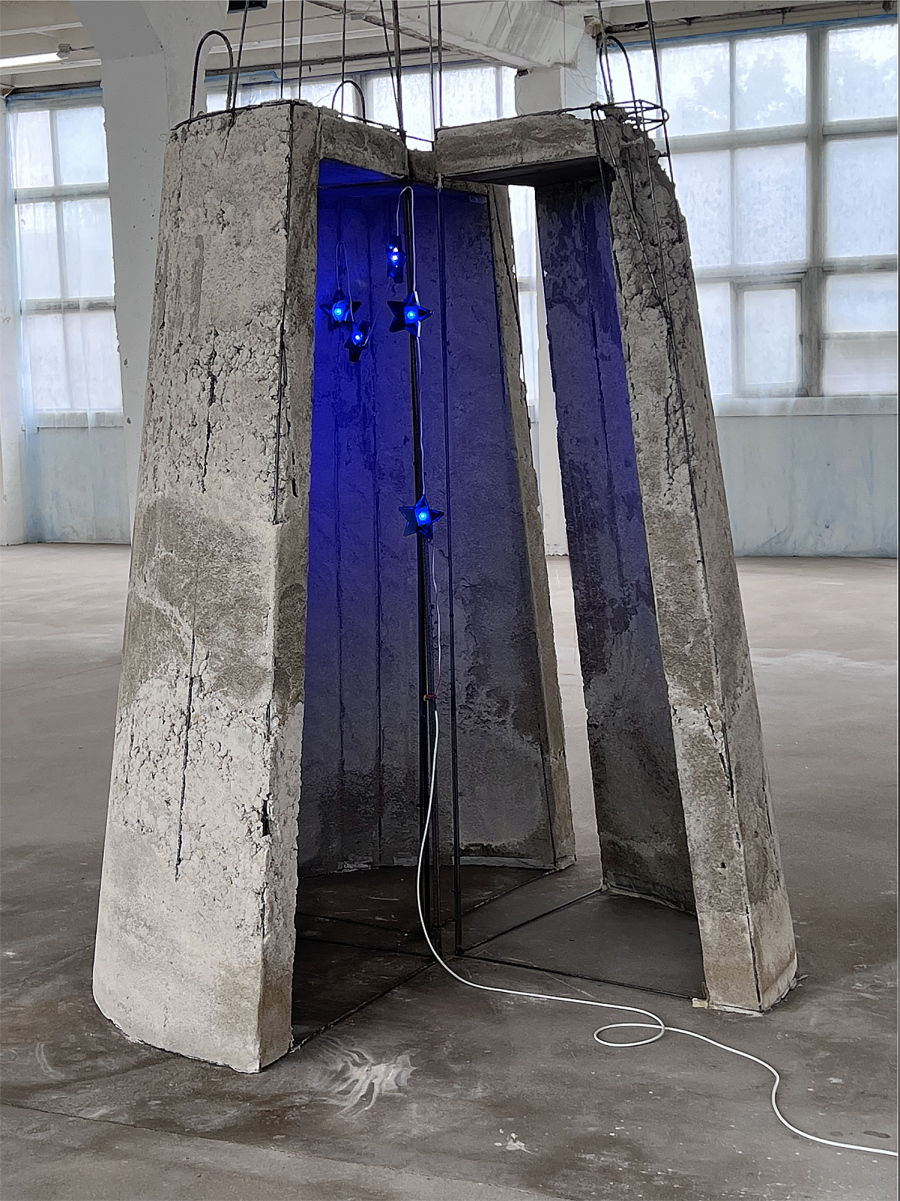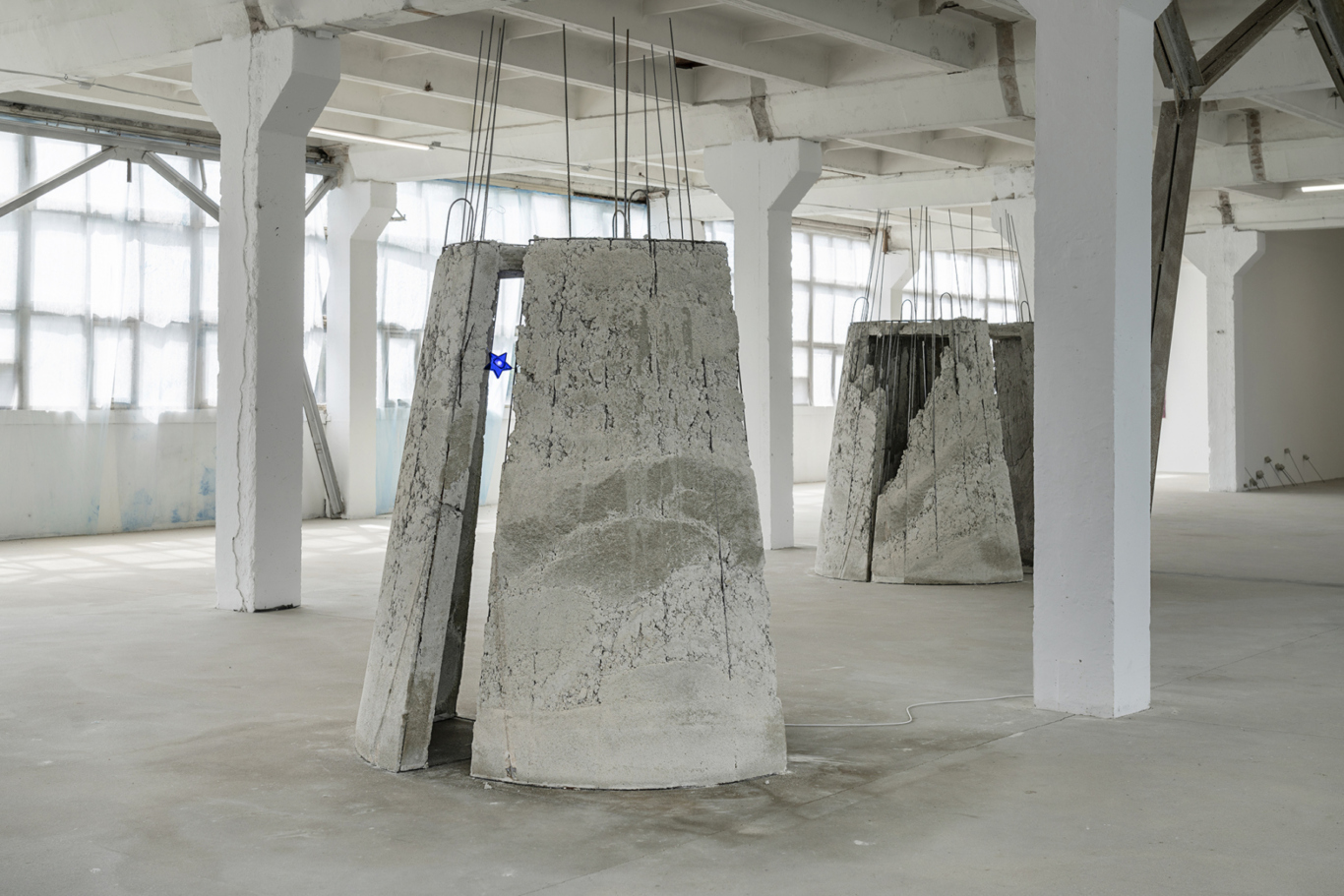Evita Vasiljeva – art do not need a specific function
She likes when public sculptures are being used as ramps for skaters or as meeting places. Evita Vasiljeva for Baltix Horizons.

What do you think of your nomination in the Baltic Horizons competition?
I was pleasantly surprised that the Latvian National Museum chose me as one of the three selected artists from Latvia. I also enjoy work-related trips to Poland to get to know its context.
What functions should art have in public space?
The more art in public spaces, the better. It enriches our everyday lives. I like skaters using them as ramps or people using sculptures as meeting places. I am not sure that they need a specific function. As with any art form, each person will have their own opinion about it. Diversity, love or hate, exchange, annoyance or curiosity, all opinions and attitudes are interesting when encountering art in the city.
Four years ago, you said in an interview: “I use processed, human made materials that come from nature, like paper, wood, screws, glue, metal, clay, rubber. I try to avoid plastic, for example, but I do use it sometimes. I don’t like to be very strict about art and put any strict rules on it. Sometimes a plastic bag can be better than a cotton bag, depends on its use”. Has your thinking about the material changed in any way over these four years?
Yes, this has changed. I’m not so strict anymore about the choice of materials. With time I realised that everything is very complex and not so black and white. Everything is taken from nature, transported, processed, used, transported again, re-used, processed.
I worked with ceramics a while ago because it seems such a friendly material that comes from the earth. I was shocked to discover that burning ceramics requires a huge amount of energy, so it is the same old fossil fuels. It was like a breaking point for me to realise that whatever we use has consequences, a footprint, it is still based on taking something, using the energy, turning it into something else and transporting it. It is like a never-ending cycle. Maybe the most ecological way to make art is to do nothing, or to write poetry, compose songs, make a garden, plant trees, spend time with friends, draw in the sand.

It is hard to count all the cities you have lived and created in. But those have always been cities. What is so interesting about larger conurbations? Did you find anything interesting in Sopot during your short visit in October?
I usually live in cities (Riga, Berlin, Amsterdam, Paris, Marrakech) for longer periods, but I also lived on Soumenlinna Island in front of Helsinki (HIAP residence) and on a beach house in front of the Atlantic Ocean in Galicia, Spain. Most Latvians have a love of nature, as they often have summer houses or grandparents living in the countryside. I love both: the city and the countryside, and the ocean in particular.
Over the years I realised that I am a very sociable person and probably need cities more than nature. I learned that I want to live close to rich cultural centres and inspiring people. That’s more important to me personally and that’s why I just moved to Paris.
In Sopot, I really liked the Kolibkovsky Nature Park. It is so green, quiet and undisturbed. I loved getting lost in it. Apart from that, my personal highlight was a lecture given by a scientist prof. Jan Marcin Węsławski at the Institute of Oceanology. It was very interesting to hear, straight from a real scientist, what he had to say about the Baltic Sea.
Can art fix the world?
No 🙂 Education maybe.
 Powrót
Powrót